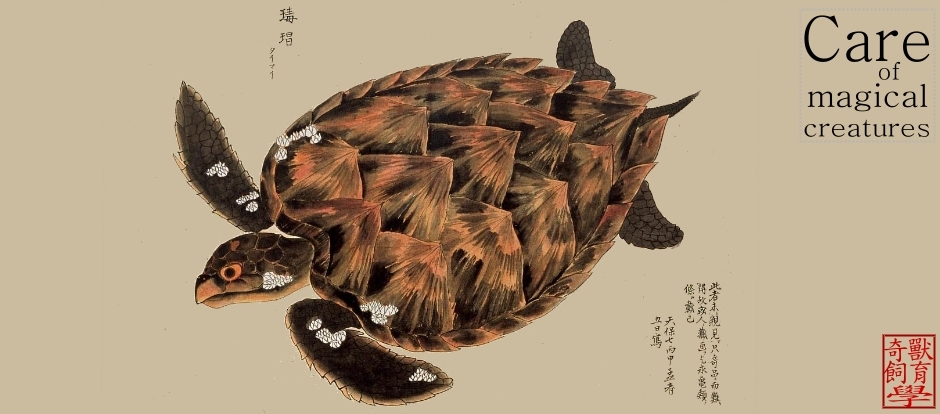 文獻來源: Lee MSY, Oliver PM, Hutchinson MN. 2009. Phylogenetic uncertainty and molecular clock calibrations: A case study of legless lizards (Pygopodidae, Gekkota). Molecular Phylogenetics and Evolution 50(3): 661-666.
文獻來源: Lee MSY, Oliver PM, Hutchinson MN. 2009. Phylogenetic uncertainty and molecular clock calibrations: A case study of legless lizards (Pygopodidae, Gekkota). Molecular Phylogenetics and Evolution 50(3): 661-666......The Australasian Pygopodidae (‘‘legless lizards”) is one of the few extant gekkotan lineages with a Miocene fossil record (Gamble et al., 2008). Pygopus hortulanus is based on an anterior lower jaw from 20–22 mya deposits in Riversleigh, northern Australia (Hutchinson, 1998). Based on morphological comparisons, but without explicit phylogenetic analysis, Hutchinson (1998) suggested that this fossil was sister-taxon to living Pygopus. While at the time Pygopus was considered a basal pygopodid grade (Kluge, 1976), subsequent analysis nested it within pygopodids, closely related to Paradelma (Jennings et al., 2003). Thus, P. hortulanus provides a minimum age for the divergence between Pygopus and Paradelma. Subsequent molecular dating studies have used this calibration — sometimes with caveats — to estimate timescales for divergences within pygopodids (Jennings et al., 2003), other gekkotans (Oliver et al., 2007) and even other lizard groups (Smith et al., 2007). However, use of other calibration points both within and outside the geckos (Wiens et al., 2006; Gamble et al., 2008; Oliver and Sanders submitted for publication) has generated younger divergence dates within pygopodids and geckos (e.g. mean age for crown Pygopodidae with calibration 37–39.2 mya, without calibration 23–31.3 mya)......[全文]
圖片連結: moloch05的photobucket
